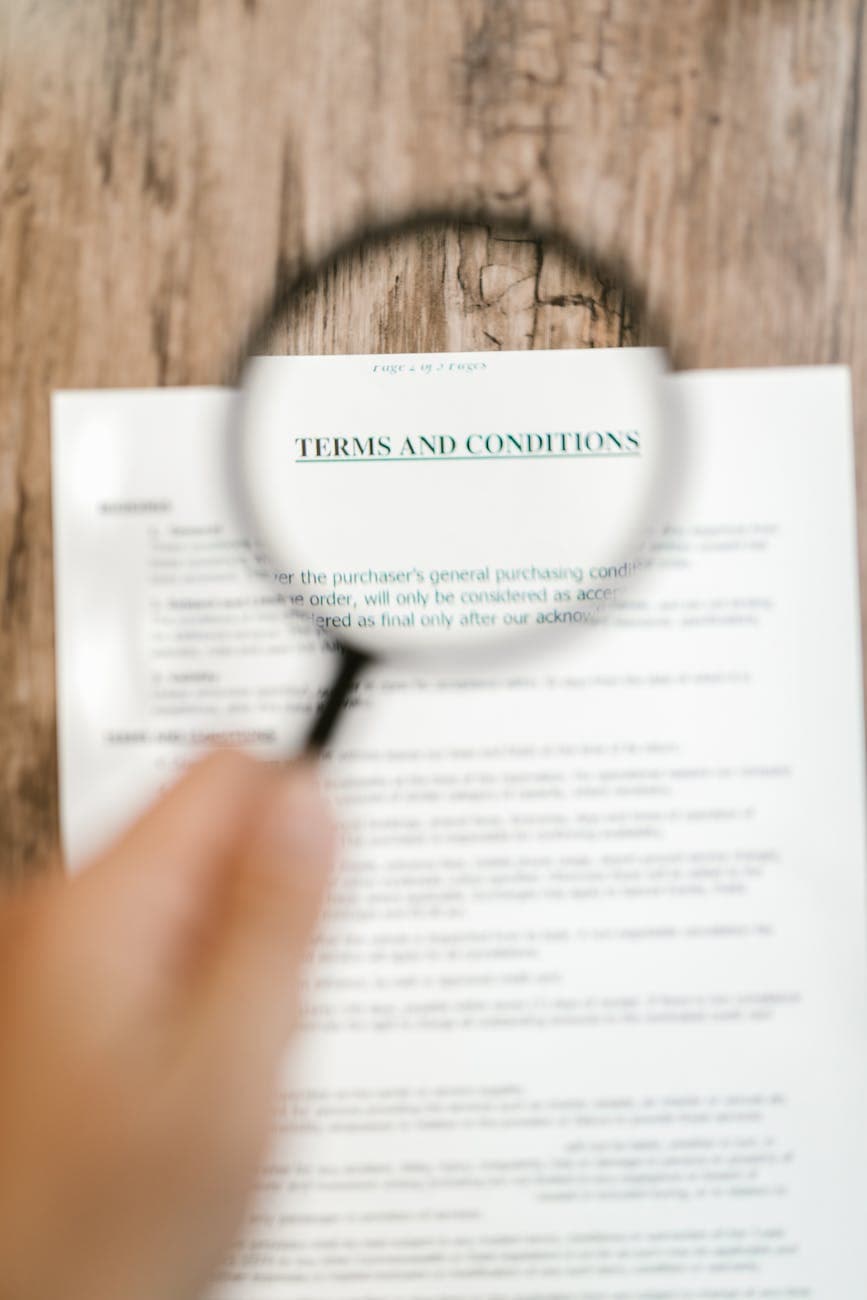How SaaS Review Email Marketing is Reshaping Customer Trust

In the hyper-competitive landscape of software as a service, reputation is everything. SaaS providers know these days that users do not simply discover a tool, subscribe, and stay forever. The journey from initial sign-up to loyal evangelist is fraught with competitors wooing customers, algorithms ranking products, and customers themselves seeking reassurance from the experiences of their peers. Navigating this new reality requires more than just great code; it demands a strategic approach to cultivating and sharing genuine reviews.
At the center of this effort sits a familiar tool: email. Once the harbinger of product updates and onboarding checklists, email is increasingly playing a pivotal role in requesting feedback and, critically, in surfacing and celebrating positive reviews. Yet deploying this channel effectively calls for nuance, empathy, and technical savvy. It is not enough to blast out a “Please review us!” message. The difference between a perfunctory ask and a carefully orchestrated campaign can mean the difference between five-star advocacy and, at best, deafening silence.
Recent data underscores why, for SaaS companies, review management ought to be a top priority. Prospective users rely heavily on peer opinions: over 90 percent of B2B buyers consult reviews before making a purchase decision. Sites like G2, Capterra, and TrustRadius have become kingmakers in SaaS adoption, their leaderboards influencing everything from trial signups to enterprise procurement. In a world where reputation is quantified and public, user sentiment no longer bubbles below the surface, it happens in plain sight.
Yet the volume and quality of reviews on these platforms does not happen by magic. Natural enthusiasm drives some users, but most need a nudge. That nudge, when delivered by email, is both art and science. The art lies in the tone, timing, and personalization; the science emerges through automation, sequencing, and analytics.
Timing is perhaps the most overlooked factor. Too early, and the user is not yet ready to assess; too late, and the novelty or delight may have faded. Insightful SaaS operators map the customer journey semantically, identifying “aha” moments, those points when the perceived value peaks. Maybe it is when a reporting feature saves hours of work, or when a support ticket is resolved swiftly. Harnessing lifecycle triggers, they cue up emails at these inflection points, asking users to share their stories while the benefit is fresh and their likelihood to advocate is highest.
Personalization lifts response rates and authenticity. A generic request will seldom inspire action, but a message referencing the specific project, team, or challenge that the customer just navigated stands out. Smart SaaS teams go beyond email mail merge, integrating CRM data to reference the user’s journey and context. For instance, referencing how a user’s marketing team improved campaign ROI can transform a lifeless review prompt into a relevant and welcome conversation. This approach not only increases review conversions, but also builds a stronger long-term customer relationship.
Moreover, the act of asking for a review is itself an opportunity for reflection and learning. Well-crafted requests can invite honest feedback, not just praise. This is crucial, because negative reviews are inevitable, and not always a bad thing. When handled proactively, even critical feedback can become a showcase of customer-centricity. Savvy SaaS companies design their email sequences to route dissatisfied users to internal surveys or support, closing the loop and solving problems before a negative review is published. Some add a “Was your experience less than stellar?” link, channeling complaints constructively and demonstrating genuine commitment to improvement.
The promotion of positive feedback is where many companies stumble into ethical gray areas. While it is tempting to incentivize glowing reviews, industry watchdogs and review platforms have cracked down on blatant manipulation. The future belongs to transparency. The most credible SaaS providers avoid quid pro quo, focusing instead on highlighting genuine user stories and sharing them ethically. Embedding customer testimonials in newsletters, celebrating awards like “Highest Rated” badges in nurture emails, or even sending thank-you notes to reviewers contributes to a flywheel of reputation-building. These emails do not just collect reviews, they amplify positive sentiment in a way that respects the integrity of the process.
The opportunity in SaaS review email marketing is not limited to the product’s core functionality, either. It is a means to foster community and belonging. By inviting customers to have their voices heard, companies are building something bigger than a product, they are co-creating an ecosystem. This has real business impact. Reviewers are often more loyal, more likely to refer peers, and more engaged with product roadmaps. In this way, soliciting reviews via email is not just about reputation. It is an act of customer experience, reflecting back to users that their insight matters and is shaping the evolution of the tool.
For all the promise, however, there remain real challenges. Deliverability continues to plague even the most diligent marketers; filters, firewalls, and privacy settings mean that the best-crafted campaigns may never reach their intended audience. Regulatory environments, from GDPR in Europe to CCPA in California, put guardrails on how and when customer contact data can be leveraged. Respecting customer preferences, implementing clear opt-outs, and collecting explicit consent are all non-negotiable. Tech leaders must balance ambition with compliance, ensuring that their email review strategies enhance rather than erode trust.
There is also the matter of review fatigue. As more vendors realize the value of review solicitation, the modern SaaS buyer’s inbox is awash in requests for feedback. Standing out demands more than clever subject lines; it requires a relationship grounded in credibility and ongoing value. Perhaps the greatest lesson is not to underestimate the intelligence of the modern customer. They know when they are being asked to help prop up a brand. When companies position a review request not as a favor to the business, but as an opportunity to help guide future peers, everyone wins.
Ultimately, the rise of SaaS review email marketing is a testament to how digital products are both engineered and experienced. It fuses the best of technology, psychology, and storytelling. The winners in this space will not be those who simply chase five-star averages, but those who tap into the authentic voice of their customers, and have the humility and skill to spotlight it, celebrate it, and learn from it, all with a well-timed, thoughtfully crafted email.


